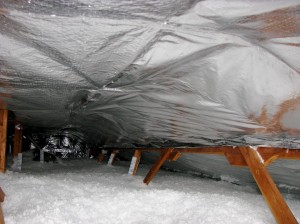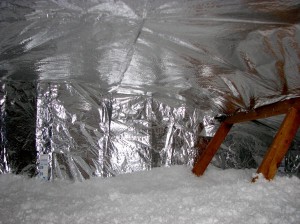As I mentioned in October 2008, we buy our electricity from Green Mountain Energy, which focuses on renewable energy sources like wind and hydroelectric. When we moved to Euless, I locked in a rate of 15 cents/kwh for 12 months on their 100% wind plan. I knew I could get cheaper electricity elsewhere, but I wanted to support wind power and was willing to pay extra.
Over time, I grew frustrated with their ironic refusal to offer paperless billing and began shopping around. An independent website, PowerToChoose.org, gives Texans an easy way to compare electric rates and plans for power companies across the state. I found plenty of better deals and swore to fire Green Mountain once my contract ended. Once our massive December electric bill arrived (through the mail, grumble grumble), I realized I could save money by breaking our contract and paying the early cancellation fee. Reliant (you know, the one that employs “Tom”) was offering 10.5 cents/kwh. I could recoup the cancellation fee in the first month.
I called GM and said I wanted to cancel, so they transferred me to the “cancellations department”, also known as retention specialists. In many cases, they have powers to bend the rules that normal phone reps do not. I’m sure they get evaluated on how many customers they can convince to stay. I explained my situation to Jose. Like magic, he offered me a new rate of 11.5 cents/kwh with no cancellation fee. Sure, it wasn’t quite as good as some of the other companies’ rates, but it was much better and let me avoid a $200 extra hit right after a month with no overtime shifts for me. Plus it let me keep using green power. I said yes.
Although some people threaten to cancel service mainly as a negotiating tactic, I honestly planned to cancel until Jose convinced me to stay. The lessons here?
- Pay attention to your bills and to the competition so you know what price is fair.
- If the competition offers a better deal, don’t be afraid to tell your company and see how badly they want to keep you.


